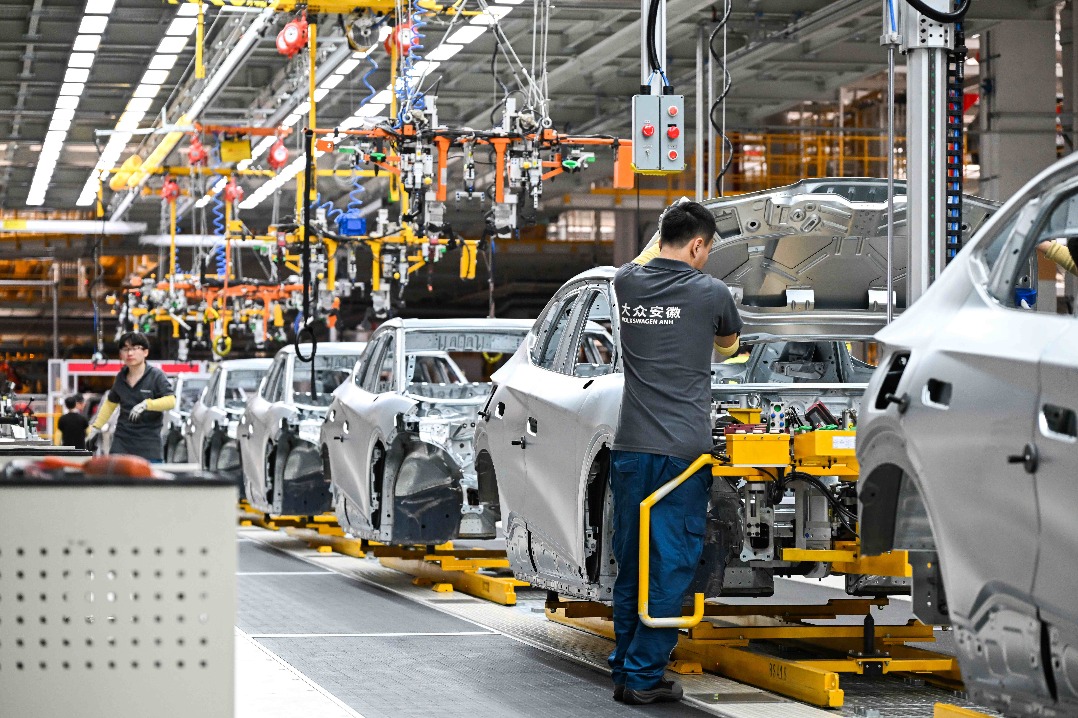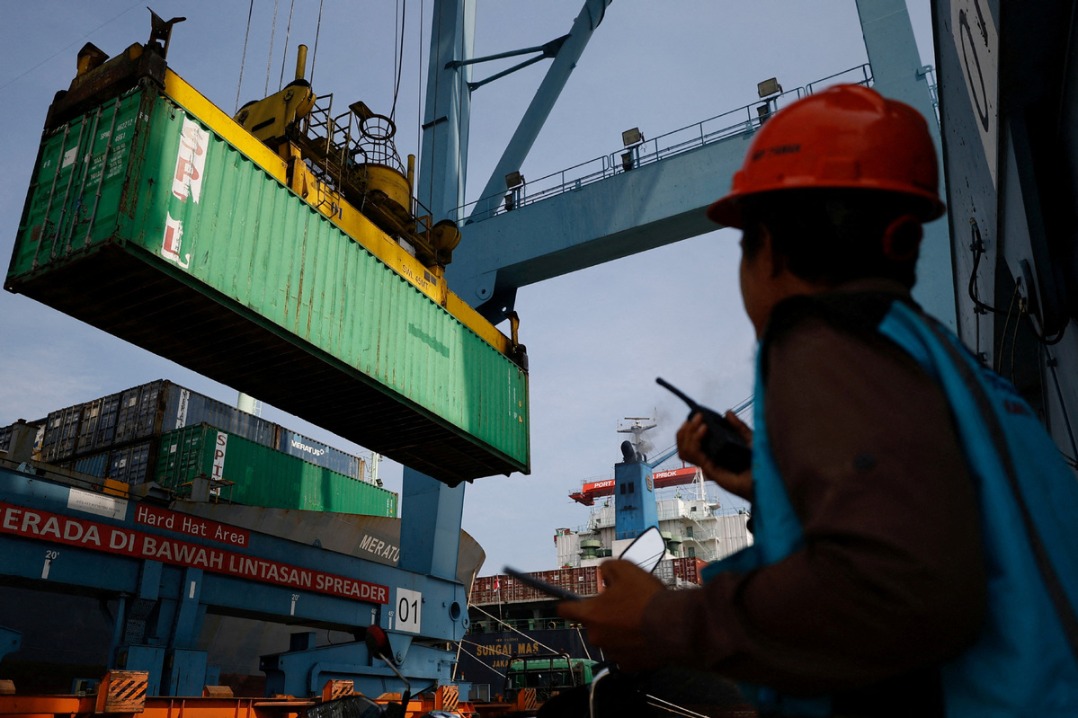Quicker green transition likely with intensified low-carbon push


China's plan to achieve net-zero greenhouse gas emissions by 2060 can be accomplished 10 years earlier if Beijing scales up investment in the energy sector and low-carbon technologies, BloombergNEF has said in a report.
According to the energy industry data provider, China would need to maximize the deployment of solar and wind, and complement that by targeted additions to energy storage, nuclear, and carbon capture and storage (CCS) for thermal power plants to reach net-zero energy emissions.
"China already leads the world in manufacturing and deployment of renewables, batteries and electric vehicles, and it is capable of accomplishing an even faster clean energy transition," Kou Nannan, head of China Research at BloombergNEF, said in a recent statement.
"China now needs to accelerate support for early-stage technologies, such as clean hydrogen, carbon capture and storage, and advanced nuclear to ensure these technologies are commercialized in a timely manner," Kou said.
While the country already leads the world in investments pertaining to energy transition — accounting for $550 billion in spending in 2022, or around half of the global total — the country needs to triple the rate of investment in the latter half of this decade to an annual average of $1.66 trillion to stay on track for net zero by 2050, the report said.
In BloombergNEF's Net Zero Scenario, which charts a pathway for China to reach net zero by 2050, China's annual electricity consumption will exceed 17,000 terawatt-hours by 2050, more than double the current level, driven by economic growth and accelerated electrification in the transport, buildings, and industry sectors.
Most of the power generation will come from wind and solar generation, which will account for 75 percent of the electricity supplied, while nuclear will provide 14 percent, with the rest of demand being met primarily by coal power plants equipped with CCS, it said.
The report also explores ways for China to accelerate its drive to carbon neutrality.
To attain the goals of carbon neutrality by 2050, wind and solar cumulative installations are expected to reach over 6,700 gigawatts by 2050, up from 800 GW in 2022. Nuclear power capacity will reach 352 GW by 2050, up from 57 GW in 2022, according to the report.
China's coal consumption will likely peak by the end of this year, while oil consumption is expected to peak in 2024 and gas consumption by 2029. By 2050, oil consumption will be 60 percent below the 2022 levels, with the remainder primarily used as feedstock rather than fuel. Gas consumption in 2050 will be 73 percent below the 2022 levels, it said.
The electrification of road transport and industry will also lead to sharp decline in oil and gas consumption, significantly reducing China's dependence on imports while strengthening its energy security, Kou said.
Clean hydrogen, meanwhile, will significantly contribute to decarbonization where direct electrification is not feasible or too costly, he said.
To facilitate a faster energy transition, China's annual hydrogen demand should grow from about 25 million metric tons in 2021 to 108 million tons by 2050, with the largest growth driver being the decarbonization of the steel sector, it said.
The power sector will consume 5 million tons of hydrogen in 2050, primarily for backup capacity. Hydrogen use in shipping, mostly as derivative fuels such as ammonia and methanol, is expected to start in the late 2030s and reach annual consumption of 5 million tons in 2050, it said.
BloombergNEF believes China's transition to a net-zero economy by 2050 represents at least a $37.7 trillion investment opportunity in the country's energy system.
The electricity grid is a critical component for getting to net zero and China needs to safeguard its ongoing power market reforms and grid expansion plans in order to accelerate the deployment of renewables and grid integration, it said.
Shu Yinbiao, president of the International Electrotechnical Commission and an academician at the Chinese Academy of Engineering, has said previously that China's current approach to expansion of ultrahigh voltage lines requires the bundling of electricity from renewables with power from coal plants.
While China has the world's largest power grid, its power sector needs further reform to ensure sufficient electricity supplies amid the country's green transition, Shu said.
"China needs to increase the share of renewables in its electricity supply and actively find ways to reduce emissions from coal," he said.





































